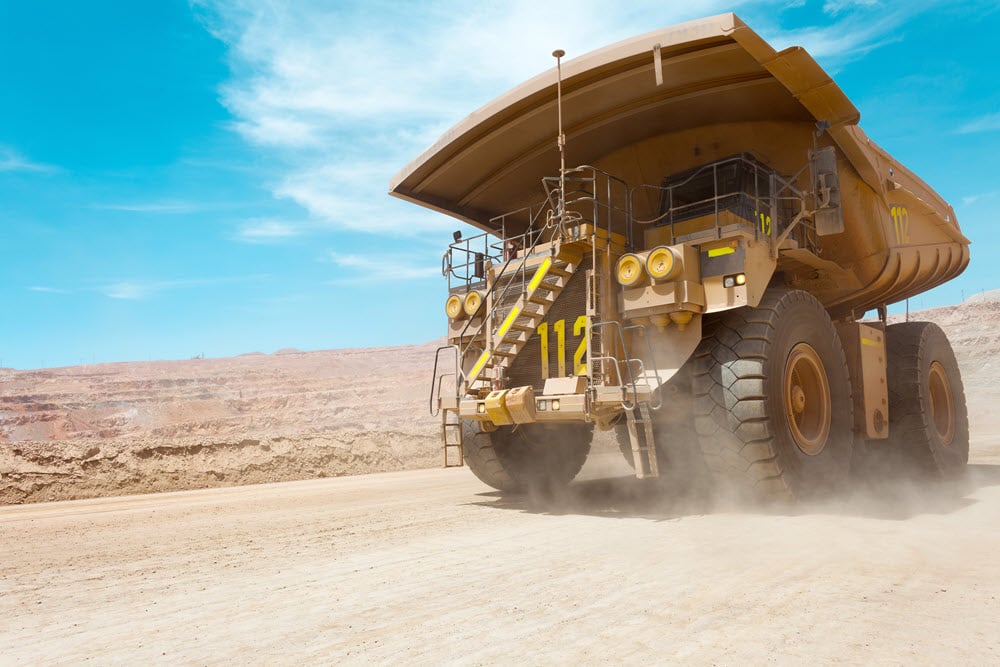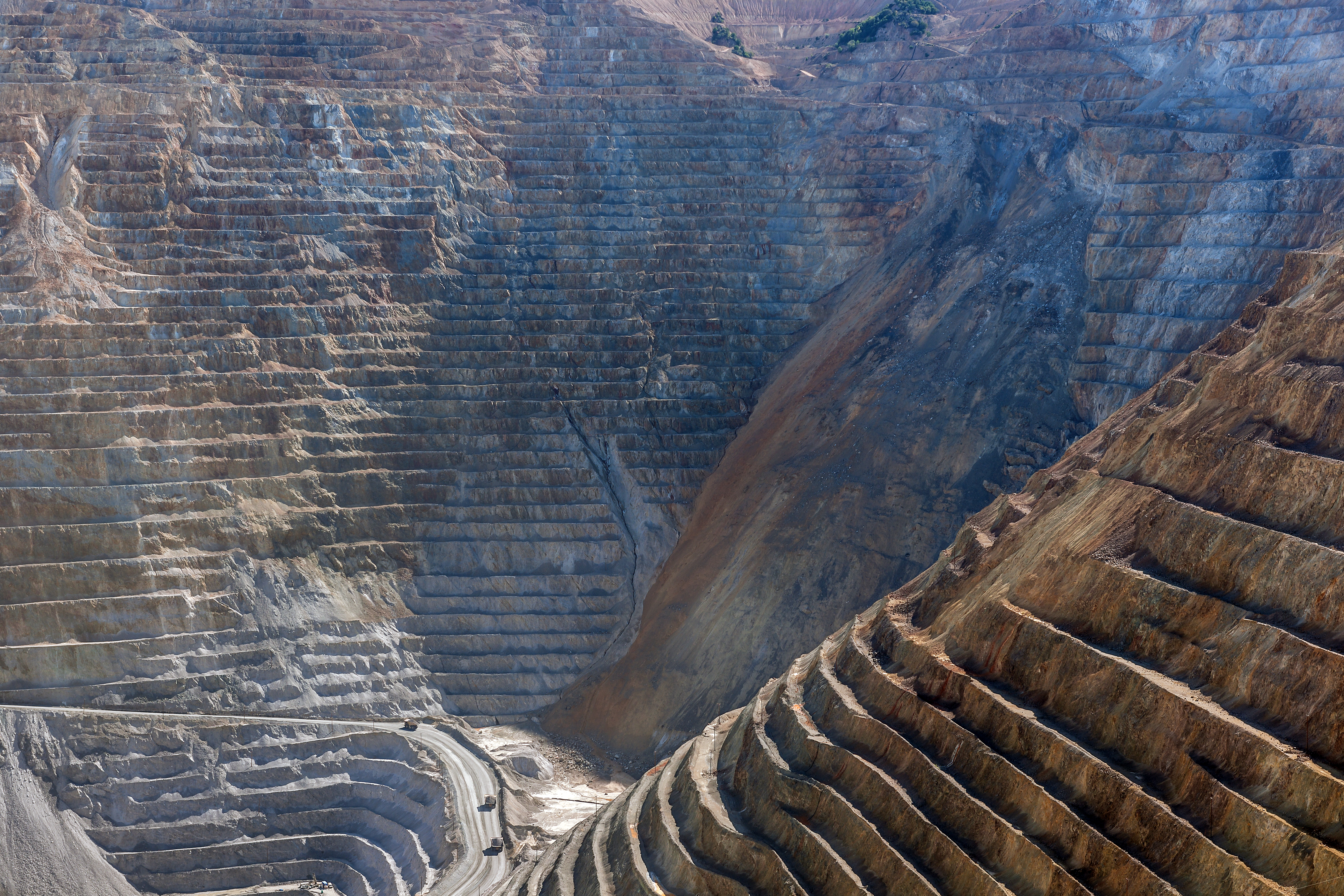CRU has picked out ten key points as takeaways from the Critical Minerals Association and Geological Society Business Forum’s 2nd Annual Critical Mineral Conference that took place on 28 November in London. A diverse mix of participants from industry, government and academia made up the presenters and panelists.
Critical minerals are those important to industrial strategy that have high economic vulnerability and/or high global supply risk. The UK Government published its first Critical Minerals Strategy earlier this year, defining 18 critical minerals including lithium, cobalt, graphite, silicon and rare earth elements (REEs). Beyond this is the newly established Critical Minerals Intelligence Centre (CMIC), which maintains a watchlist of minerals with increasing criticality, such as nickel; as the war in Ukraine puts Russian class 1 supply at greater risk.
Discussions began with a frank assessment of where the UK stood relative to its competitors on critical metals and its strategy for the future, with comments from the Department of Business, Energy and Industrial Strategy and Department of International Trade. Following this were several panel discussions covering topics including midstream development, overseas diplomatic support, improving data quality, investment and traceability.
CRU covers a number of the minerals discussed at this conference. Market outlooks on nickel, lithium, manganese, and silicon are available, as is shorter term analysis on tin and noble alloys. Our in-house rare earths experts also produce quarterly reports covering everything from cost profiles to supply outlooks, in addition to providing a range of advisory services across critical minerals.
Please contact karan.saraf@crugroup.com, gerallt.hughes@crugroup.com and matt.burford@crugroup.com if you are interested in finding out more.

















